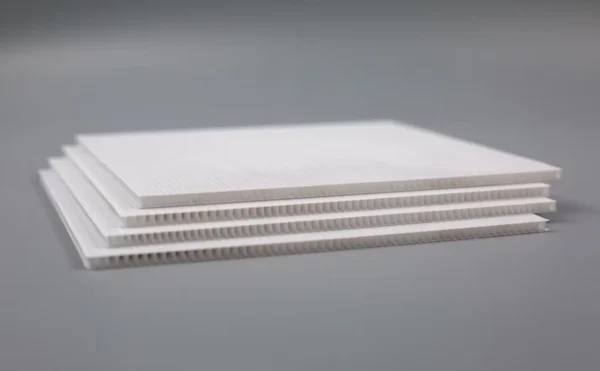Polypropylene
Polypropylene (PP) is a versatile, partially crystalline plastic that is used in a wide range of applications, including packaging, fibers, and sutures. It is also known as polypropene.
Properties:
Chemical composition: Made from propylene monomer, which is derived from petroleum.
Melting point: 160°C.
Density: Lower than that of polyethylene.
Resistance: Resistant to water, gas, and various chemicals.
Flame resistance: Exhibits high flame resistance.
Heat distortion: Has a high heat distortion temperature.
Durability: Known for its durability and resistance to wear and tear.
Uses:
Packaging: Commonly used in plastic packaging, including bottle tops and hinges.
Fibers: Utilized in fibers, including those made from polypropylene.
Sutures: Employed in sutures for skin and vascular surgery.
Safety:
– Generally regarded as one of the safer plastics.
– The FDA has approved its use as a material for food containers.
– No known cancer-causing effects are associated with polypropylene.
Production:
– Produced through chain-growth polymerization from the propylene monomer.
– There are two main methods for synthesizing polypropylene: Ziegler-Natta polymerization and metallocene catalysis polymerization.
Showing all 2 results


